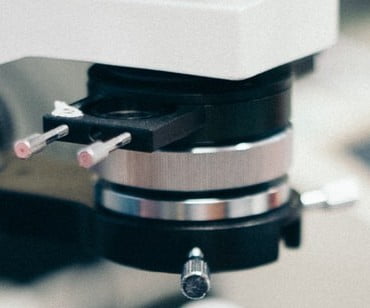
A research study analyses the differing gas phase fire-inhibition effects of two different aluminium – phosphorus PIN FRs (AHP aluminium hypophosphite, from Qingzhou Yichao Chemicals, and AlPi aluminium diethylphosphinate, from pinfa member Clariant) at 10% loading in PBT (polybutylene terephthalate). PBT is a widely used, high performance thermoplastic polymer used in applications such as electronics, automotive, fibres, in this case supplied by BASF (a pinfa member company). Volatiles emitted from controlled pyrolysis of the plastics at 400 – 600°C were collected and analysed by photoionization, after removal of particles < 1.2 µm (PY-PI-TFOMS). Fire tests were carried out (LOI, cone calorimeter, UL94 vertical burn @ 3 mm). The authors conclude that the better fire performance of the AlPi-PBT (e.g. peak heat release rate around a half that of AHP-PBT and around a quarter of neat PBT) reflected “much better gas phase action of AlPi. They suggest that this results from release of C2H5-(O=)P*-OH and diethylphosphinic acid which effectively generate PO type radicals.
“An insight into gas phase flame retardant mechanisms of AHP versus AlPi in PBT: Online pyrolysis vacuum ultraviolet photoionization time-of-flight mass spectrometry”, Ma et al., Combustion & Flame 209 (2019) 467–477 https://doi.org/10.1016/j.combustflame.2019.08.020